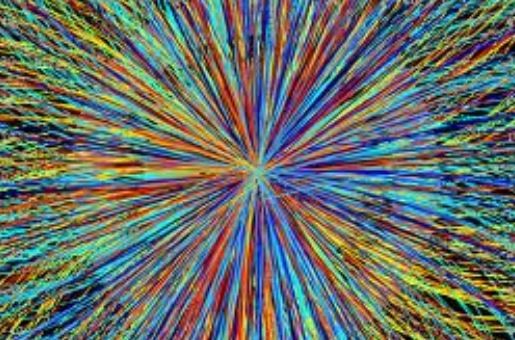The Large Hadron Collider (LHC) in March will pick-up where it left off-in Feb. 2013 by renewing experiments seeking to validate supersymmetry (nicknamed SUSY in scientific circles) and by extension the Standard Model of particle physics.
As defined by CERN or the European Organization for Nuclear Research that operates the LHC, supersymmetry is an extension of the Standard Model that predicts a partner particle for each particle in the Standard Model.
These new particles would solve a major problem with the Standard Model and will fix the mass of the Higgs boson. If the theory is correct, supersymmetric particles should appear in collisions at the LHC.
LHC, the Earth's most powerful particle accelerator, has seen an equipment upgrade that will allow it to fire at 6.5 TeV (trillion electron volts), releasing energy up to 13 TeV in proton collisions. Before the $150 million upgrade, the LHC beams fired at 4 trillion 4 TeV, which released energy of up to 8 TeV.
The goal of the LHC is to allow physicists to test the predictions of different theories of particle physics and high-energy physics like the Standard Model. More specifically, the LHC will either prove or disprove the existence of the theorized Higgs boson and of the large family of new particles such as squarks and gluinos and neutralinos predicted by supersymmetric theories.
The LHC particle accelerator consists of a 27 kilometer ring of superconducting magnets located 100 meters underground at the CERN complex of accelerators near Geneva, Switzerland.
Scientists working with the upgraded LHC are optimistic of achieving new breakthroughs in particle physics.
Particle physicist Andreas Hoecker, CERN deputy coordinator of the ATLAS Experiment, said that after its two year refit, future LHC experiments "could look for the formation of supersymmetric particles, such as squarks and gluinos and neutralinos with much larger masses than previous data allowed", he said to Space Daily.
"There's been a huge amount of work done on the LHC over the past two years. For example, every single one of the electrical links between the thousand magnets in the accelerator ring has been reworked," said Professor John Womersley, particle physicist and Chief Executive of the Science and Technology Facilities Council.
"It also means that the machine that's now being started up is almost a new LHC, and it's not a trivial challenge".



























